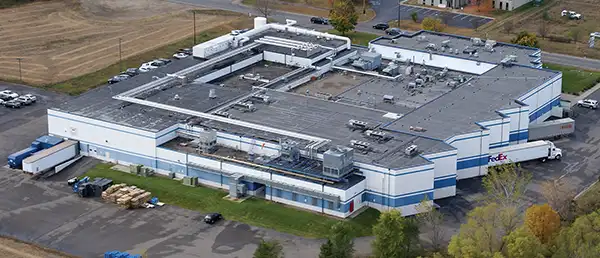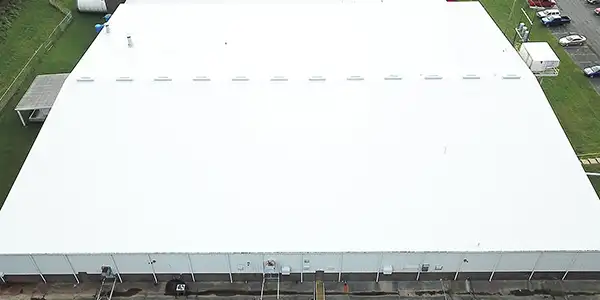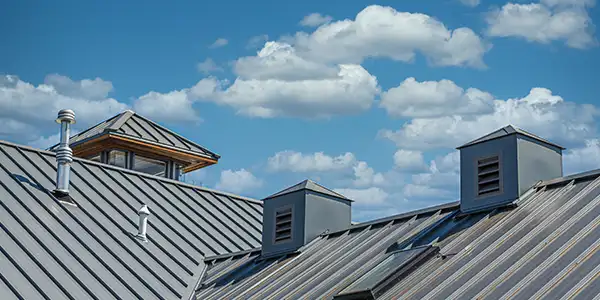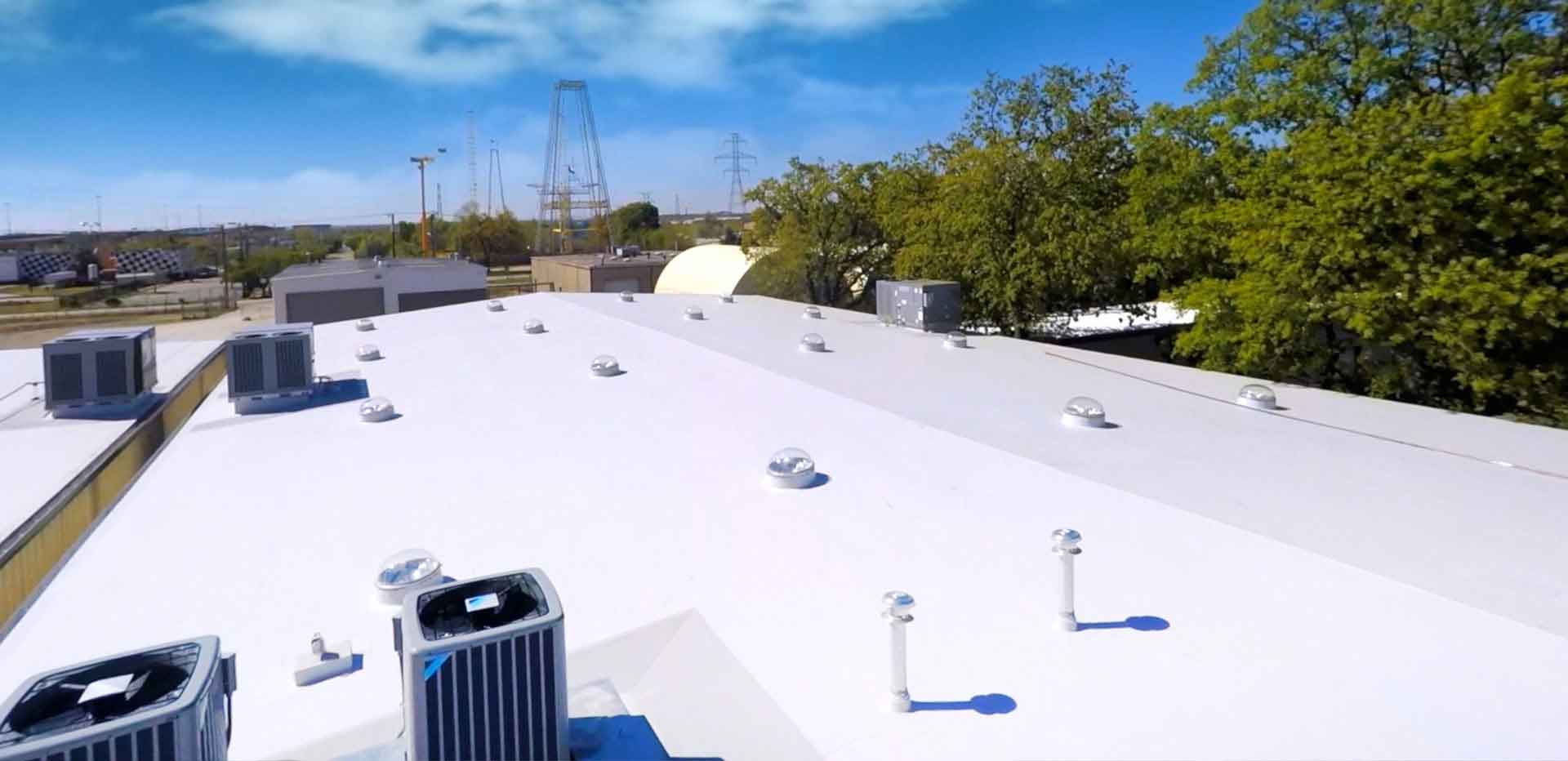
Over the years, Ethylene Propylene Diene Monomer (EPDM) roofing has been a popular choice due to its flexibility, durability and long-term performance. However, its widespread use has resulted in some common misconceptions about EPDM roofing. This article aims to debunk the myths in order to set the record straight with certain concerns people have with EPDM roofing.

Myths and misconceptions about commercial roofing during the winter months are surprisingly common. Can you repair your roof in winter? Can you prevent ice dams? There are many questions to consider. Let’s explore some of these myths and clarify the facts to better understand winter’s impact on commercial roofing.

Looking for a cost-effective way to extend the life of your roof? You've probably heard about roof coatings. These liquified polymers are becoming increasingly popular with various commercial facilities because they can restore and waterproof your existing roof system, delaying costly reroofing for many years. The seamless application provides a unique advantage, allowing you to protect non-uniform roof surfaces and reinforce weak points quickly, for a fraction of the cost of a roof replacement. Additionally, their high UV stability, reflective nature for improved energy efficiency and lower environmental impact make them a great option for a roofing solution as they prevent the need for a roof tear-off and reduce waste. There are so many benefits but are there any downfalls? Let's delve into some common concerns and misconceptions surrounding commercial roof coatings that we encounter in the field.

Metal roofs, while very popular with commercial facilities, are not immune to myths and misconceptions like any other roofing or siding material. Let's look into some of the common concerns we hear in the field and address them!

In recent times, Thermoplastic Olefin (TPO) roofing has gained enormous popularity due to its energy efficiency, long-lasting performance and resistance to fungi and UV rays. However, like any widely used material, TPO roofing is not immune to misconceptions and myths, mainly because the technology is relatively new compared to some other roof systems. This article will address common TPO roofing myths and concerns and clarify misunderstandings.
